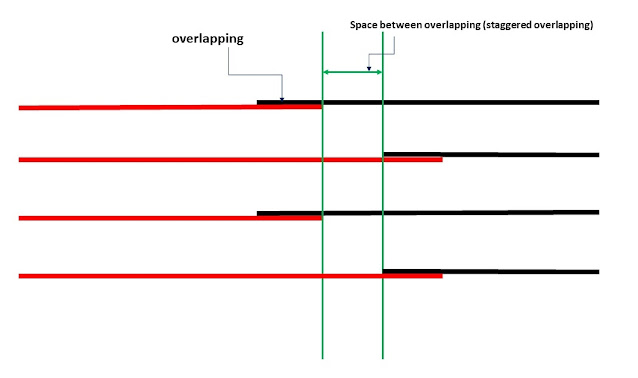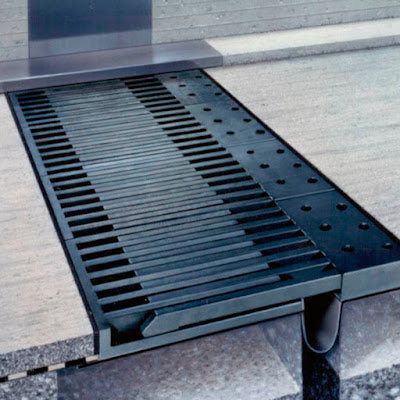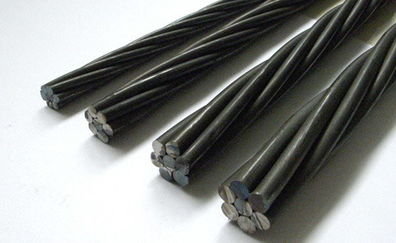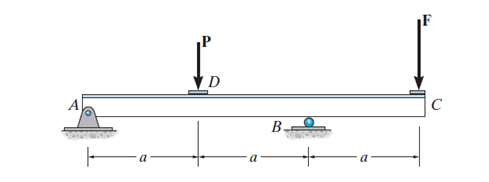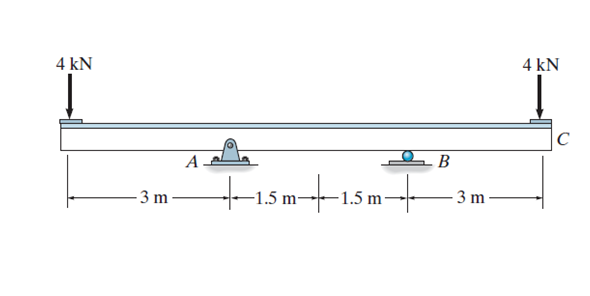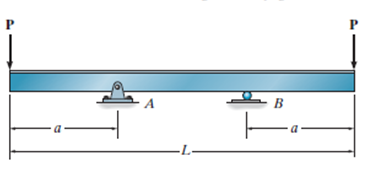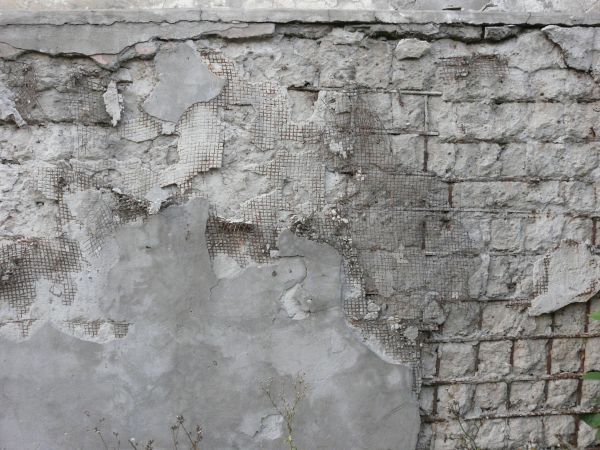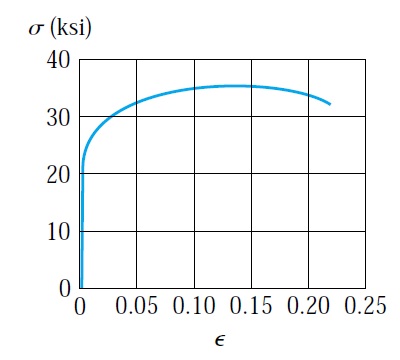Soil investigation
Purpose of Soil Investigation The design of a structure’s foundation requires a thorough understanding of the soil’s chemical and physical properties, as well as its geotechnical parameters. This information is obtained through an investigation of both surface and subsurface soil strata. Boreholes are strategically selected to collect samples that represent various soil conditions relevant to the structure’s foundation. construction management: concrete construction bridge construction:How to become a bridge engineer Figure 1 Sampling The choice of sampling method depends on soil conditions. For soft soils, the ASTM D1587-00 method is recommended, which involves using a thin-walled tube for sample collection. For gravel, large cemented soil particles, and hard soil, ASTM D1586-99 is the preferred method, utilizing a split-barrel sampler to obtain samples. All collected samples should be placed in sealed plastic bags to prevent moisture...




